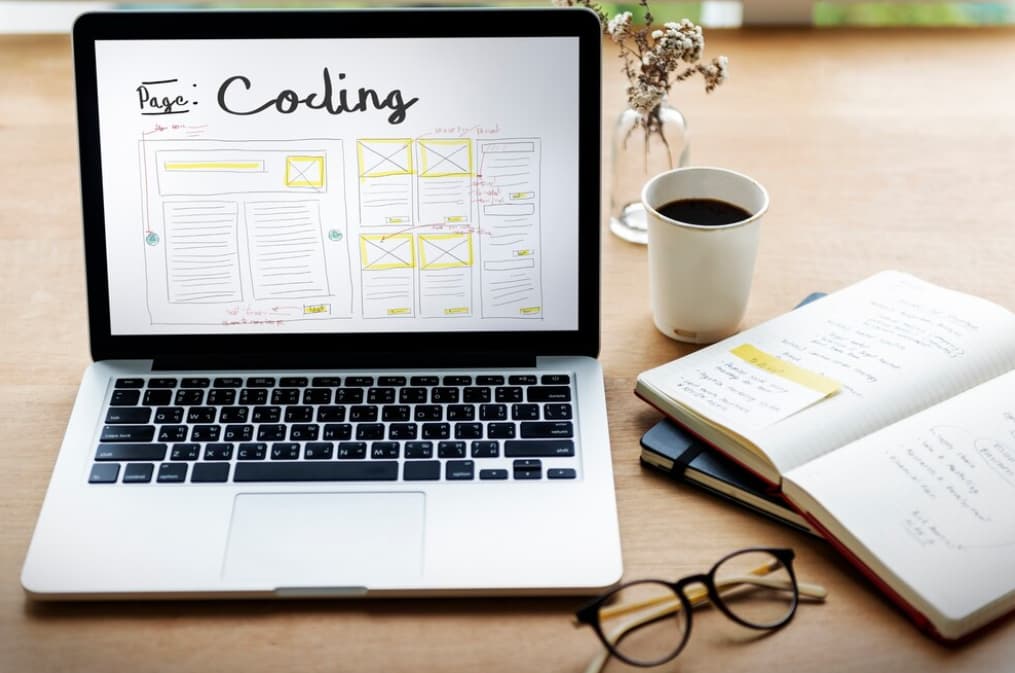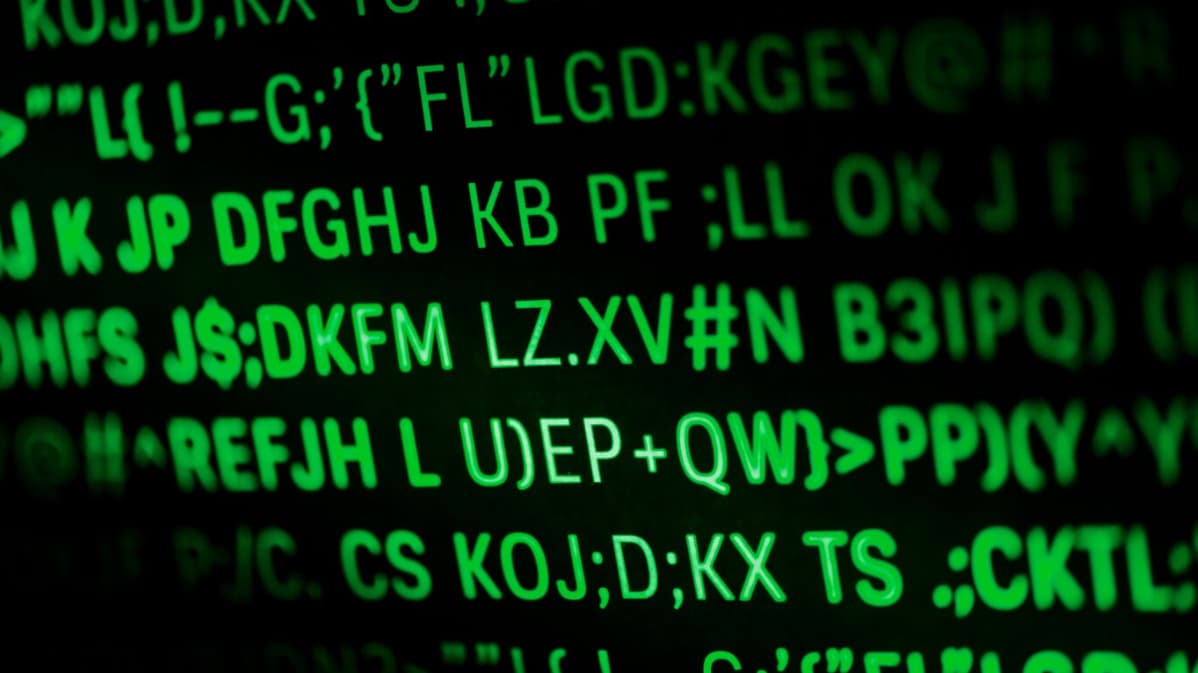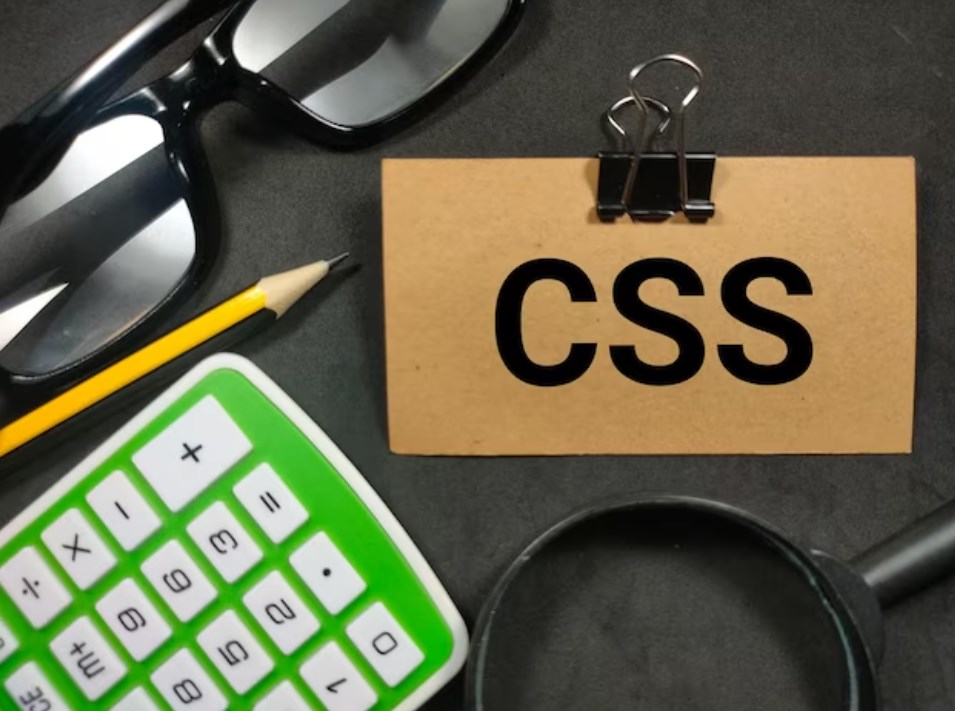Introduction
Do you find the conventional bullet points in your website designs dull and monotonous? If so, explore CSS’s realm of personalized bullet points to infuse distinctiveness into your lists! In this write-up, we’ll guide you through generating custom bullets using CSS. This will guarantee that your online material exudes elegance while standing out amidst an ocean of mediocrity.
Getting Started with Custom Bullet Points CSS
Before we begin customizing bullet points in CSS, it’s essential to grasp the core concepts and properties involved. CSS offers several properties that allow you to control the appearance and positioning of list items. These properties include:
- list-style-type: This property defines the type of bullet or marker used for list items. It can be customized with various values, such as disc, circle, square, or even custom symbols like emojis;
- list-style-image: With this property, you can replace the default bullet point with a custom image or icon. By specifying the URL of the image, you can create unique and eye-catching bullet points;
- list-style-position: This property controls the alignment of the bullet points in relation to the list item text. You can choose between inside (default) and outside to position the bullet points accordingly.
By leveraging these properties, you gain the flexibility to style your lists creatively.
Why Use Custom Bullet Points CSS?
Customizing bullet points in CSS goes beyond mere aesthetics; it serves several essential purposes that benefit your website and its users.
- Align Bullet Points with Your Brand Identity: Your website’s design and aesthetics play a crucial role in conveying your brand’s identity. Custom bullet points allow you to incorporate brand-specific symbols, colors, or icons as bullet markers. This alignment ensures that your lists visually represent your brand, enhancing brand recognition and consistency;
- Improve Readability and Hierarchy: You can greatly enhance your website’s readability and information hierarchy with well-designed bespoke bullet points. One way to make lists more readable and scannable is to use the right bullet styles and sizes. This makes it easier for readers to skim your article for the most important details;
- Make Lists More Engaging: Standard bullet points can become monotonous over time. Custom bullet points add an element of creativity and uniqueness to your lists, making them more visually appealing and engaging. This engagement encourages users to pay closer attention to the content within those lists.
Step-by-Step Guide to Implementing Custom Bullet Points

Customizing bullet points in your HTML lists can enhance the visual appeal of your web content. This step-by-step guide will walk you through different methods to implement custom bullet points using CSS and HTML, including basic list styling, custom images, CSS pseudo-elements, and utilizing icon libraries like FontAwesome.
Basic List Styling with CSS
We’ll begin by styling your lists with basic CSS properties. The list-style-type property will allow you to choose from predefined styles or set it to ‘none’ to create a clean slate for custom styling.
| ul { list-style-type: none; } |
By setting list-style-type to ‘none,’ you effectively remove the default bullet points or numbering from your unordered or ordered lists. This provides a blank canvas for implementing custom styles, allowing you to tailor your bullet points to your specific design preferences.
Adding Custom Images as Bullet Points
Next, let’s explore the use of custom images as bullet points. This technique adds a visual element to your lists, making them more engaging and unique. The list-style-image property will allow us to insert our chosen image.
| ul.custom-bullets { list-style-image: url(‘path-to-your-image.png’); } |
In this example, we apply the CSS code to a specific class, custom-bullets. This ensures that only lists with this class will have custom images as bullet points. Be sure to specify the correct path to your image for it to be displayed correctly.
Creating Custom Bullet Points with Pseudo-elements
For a more advanced and customizable approach, we can use CSS pseudo-elements like ::before to create entirely custom bullet points. This method provides full control over the design of your bullet points.
| ul.custom-bullets li::before { content: ‘•’; /* Your custom bullet symbol */ color: blue; /* Bullet color */ font-size: 20px; /* Bullet size */ padding-right: 8px; /* Spacing between bullet and text */ } |
In this example, we create custom bullet points using the ::before pseudo-element. You can customize various aspects, including the bullet symbol, color, size, and spacing. This method is incredibly flexible, allowing you to achieve precisely the design you envision.
Utilizing FontAwesome or Other Icon Libraries
Finally, we’ll explore the option of incorporating FontAwesome or similar icon libraries to use icons as bullet points. This method is straightforward and offers an extensive collection of icons to choose from.
| <ul class=”custom-bullets”> <li><i class=”fas fa-check”></i> First item</li> <!– Add more list items here –> </ul> |
In this example, we utilize FontAwesome icons as custom bullet points. To implement this, include the FontAwesome library in your project and use the appropriate class (e.g., fas fa-check) to specify the desired icon. You can easily customize both the list items and the icons to suit your specific needs.
Creative Examples of Custom Bullet Points CSS
| Style | Description |
|---|---|
| Animated Bullets | Enhance lists with animated custom bullet points using CSS to create a dynamic presentation. These bullets might pulse, spin, or fade in and out, drawing attention and adding a sophisticated touch to web design. |
| Interactive Bullets | Implement interactive custom bullet points that change appearance on user interactions like hover or click. Bullets might expand or change color, creating a satisfying user experience and encouraging content exploration. |
| Themed Bullet Points | Customize bullet points to match your website’s theme seamlessly with CSS, integrating them with the site’s color scheme, typography, or design aesthetic. Use thematic shapes like anchors or seashells for a nautical theme or pixel shapes for a tech-oriented site to reinforce brand identity and enhance visual appeal. |
| Iconic Bullet Points | Move beyond traditional shapes by using custom icons as bullet points to convey information or personality. Represent services or topics with relevant icons or emojis, adding flair and clarity to your content while keeping it aligned with your website’s unique style. |
| Responsive Bullet Points | Ensure your bullet points look great on all devices by creating responsive designs with CSS. Adjust size, spacing, or style based on device or screen width using media queries, maintaining visual appeal and user-friendliness across devices like desktops and smartphones. |
| Interactive Lists | Elevate list interactivity using CSS for unique transitions and effects, revealing items on view or scroll. This approach adds surprise and maintains user engagement, encouraging more interactive content exploration. |
Conclusion
Custom bullet points in CSS allow you to transform lists from bland to brand. Whether you’re looking to add a simple color change or integrate fully custom images, CSS provides the tools needed to create lists that are both functional and visually appealing. As you delve into these customizations, you might also encounter the concepts of sticky and fixed positions in CSS, which can be a source of confusion.
The difference between sticky and fixed positioning in CSS is crucial in web design. A fixed position element is removed from the document flow and positioned relative to the browser window; it stays in the same place even when you scroll. On the other hand, a sticky element toggles between relative and fixed, depending on the scroll position. It’s treated as relatively positioned until it hits a specified point, then it becomes fixed.
This knowledge of custom bullet points and understanding of positioning strategies in CSS can significantly impact the functionality and aesthetics of your web design. Remember to test across different browsers and devices to ensure compatibility and tweak your designs to perfection. Now go forth and style those lists with your newfound knowledge of custom bullet points CSS! Your content will thank you for it.
FAQs
Yes, SVGs can be used as bullet points by setting them as background images or using them in pseudo-elements.
Use CSS properties like vertical-align or adjust padding and margins to align bullets with text.
Most modern browsers support custom bullet points CSS, but it’s always good to test across different browsers and versions.
Yes, emojis can be set as content in pseudo-elements or directly in the HTML to serve as custom bullet points.



